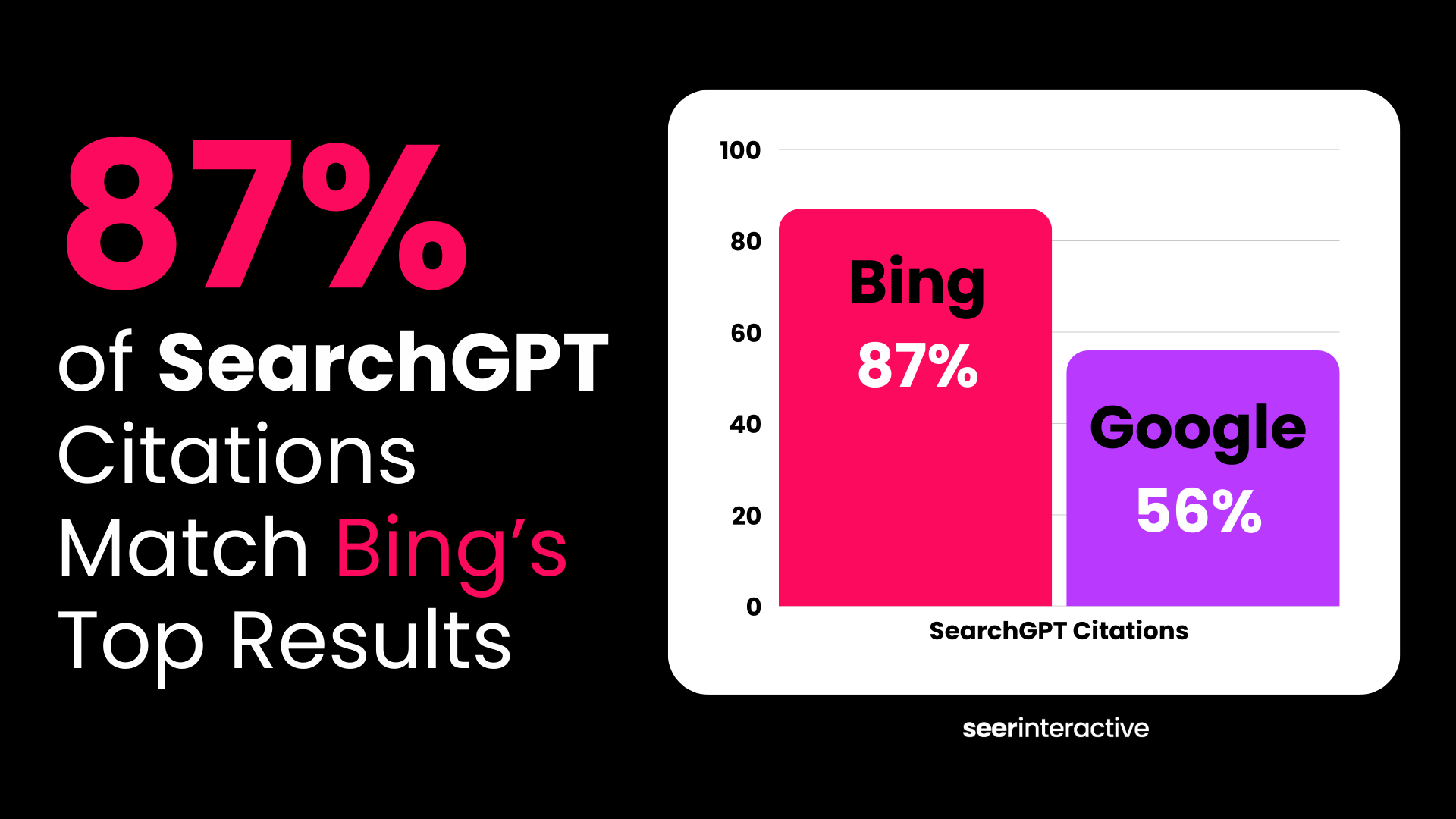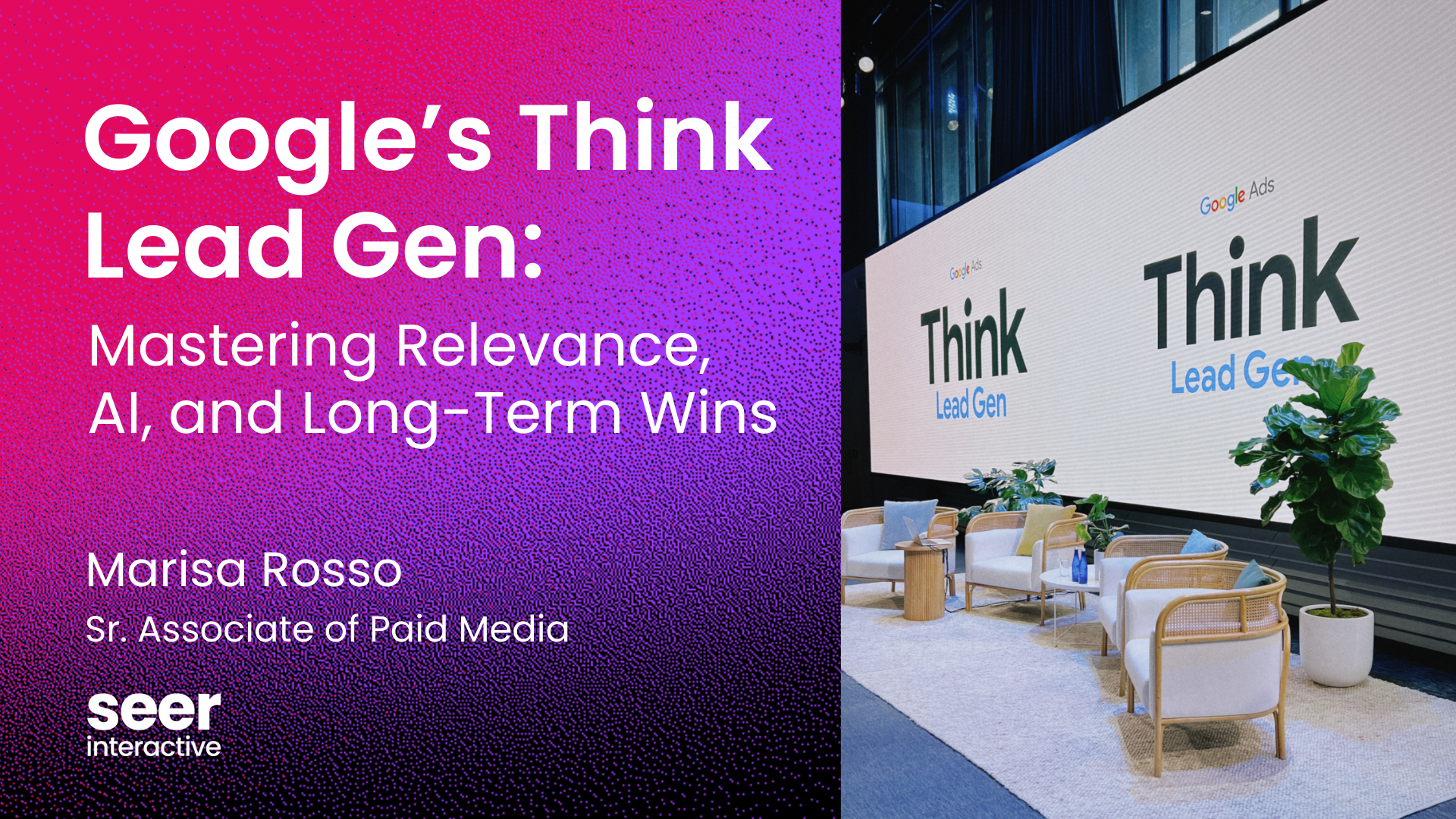As humans, sometimes we can’t find the right words to say (or search). With visual searching available through products like Google Lens and Pinterest Visual Search, now we don’t have to find the right words to describe what we’re looking for. Visual searching tools can be used for everything from translations, homework help, identifying plants and animals, and looking for a specific look/item.
Visual search technology isn't necessarily new. In fact, Google demoed Google Visual Search as a potential new product back in 2009. Pinterest also had visual searching capabilities back in 2015, though previously limited to using existing images on their platform to search.
What is new is, and the most important thing for marketers to keep in mind, is the increasing adoption of using these tools in someone’s daily life. Every retailer should have visual search on their radar because shopping is one of the biggest areas of disruption.
Rising Adoption of Visual Search
If we look at the last 5 years, search interest in Google Lens has grown significantly from August 2019 to August 2024. In 2023 Google shared that people were using Lens for 12 billion searches a month globally.
There are a variety of ways people are thinking about using Google Lens. The most frequently searched use cases are:
- Translations
- Plant identification
- Shopping
- Math help
- “Object”/ “Thing” identification
Visual Search is Integrating With the Tools Millions of People Use Every Day
Visual search is native on both Pinterest and Google Chrome. With 522 million global monthly active users on Pinterest and 3.46 billion monthly active Google Chrome Users world wide, internet users don’t have to seek out visual search tools - the tools are coming to them.
Whether you’re on desktop or mobile, Chrome browsers are encouraged to use Google Lens.
On Desktop, if a user clicks to update the search bar a “Google Lens” option appears, allowing users to easily search the visuals on the page through Google’s index.
Google Lens Is Making Big Investments to Capture Attention
Advertisers are promoting their visual search products to help encourage adoption.
Example: Google Advertising on Reddit with a Video Ad promoting using the Google App (with Lens) to make sure you’re getting the best deal at a thrift store.
Image Source: Reddit.com
Not only is Google investing in advertising on platforms of Reddit to showcase Lens in action, but it is also investing in strategic partnerships with Netflix to expand its reach.
Image Source: Netflix.com
How Does It Work?
Upload a picture or snap one fresh to use the visual search feature in both Google Lens and Pinterest Visual Search. You can even get more descriptive by leveraging multisearch in Lens that allows you to combine text and images to find exactly what you want.
For example, if someone wanted to find an alternative color for a wedding dress they liked on a website, they could use the Google Lens feature on Chrome and add “Black” as a modifier to find what they’re looking for in a matter of seconds.
Both visual search tools will go through their index of images and return back results that appear to best match the photo you submitted to the tool.
For finding replacement or very similar products, Google Lens and Pinterest Visual Search are both fairly accurate tools.
Finding Common Products
Unsurprisingly, it is easier to find exact copies or nearly identical products when they’re mass produced products or products from well known brands than something rare or completely custom.
For example, I found multiple exact replacements of an “R” monogrammed mug in a matter of seconds using Google Lens. A search that otherwise could have taken multiple refinements.
Compared to traditional search, I may not have found this mug, especially because I had no idea it was from Anthropologie until I did this exercise.
Pinterest was also able to properly identify this mug, but either was not as accurate as Google Lens or due to a potentially smaller index was only able to offer 1 exact match in their results.
Finding Limited Run or One of a Kind Products
For products that are limited batch or custom, visual search tools are able to find similar products keying into the features they find in the image.
I tested two pieces of art/decor, a clock and an original painting. The painting is a one off piece purchased at a charity art auction (no exact duplicates) and the clock is from Schlabaugh & Sons Woodworking.
Both visual search experiments were able to serve up results with varying levels of similarities. Anecdotally, I thought these were really close to the original images provided. As a consumer, I’d likely be able to find a product (although not an exact match) that satisfied my criteria if looking for a similar piece of home decor for myself.
For the clock, Google Lens was able to pick up on the outer-space elements and to an extent the style of art to deliver results (organic and shopping) that were similar to the original image.
Traditional Retail & eCommerce to be Heavily Impacted
Visual search tools can seamlessly become part of a users’ everyday life. See a piece of art, home decor, or baby toy that you want more information about? Put it through Google Lens and you can have exact and/or similar results in a matter of seconds vs multiple searches through a search engine.
Although multiple industries could be disrupted by visual search, including homework help sites and informational sites about plants or animals, the biggest area of potential is shopping.
[TIP] Follow the money! Google is investing in ads and strategic partnerships that focus on Google Lens’ shopping capabilities. This is a good indicator that online and traditional retail are going to be disrupted.
This can impact both brick and mortar stores and eCommerce shops. It is even quicker than ever to price check items in the store (as the earlier Google Ad suggests) and buy them online.
Retailers that specialize in one off or limited run products are less likely to feel the same pressure to appear in Google Lens results compared to retailers who offer mass-produced products.
Optimizing eComm for Google Lens
According to Google, Google Lens’ algorithm is not affected by advertisements or other commercial arrangements, so how can eCommerce sites prepare themselves for more visual searches?
The short answer
- Good news: you don’t need to reinvent the wheel - a lot of this is SEO for eCommerce 101.
- Bad news: If you have poor product detail pages (i.e. not descriptive enough, missing images, missing image alt text, low quality images, etc.) or are not leveraging Google Merchant Center then you may not be competitive for visual search results.
The long answer:
The same focus areas for eCommerce sites will remain. Google Lens results prioritize the sites that Google’s algorithm believes are going to be the most useful to consumers (this should sound very familiar).
We ran a couple of tests and did some digging in Google’s Developer Documentation, and determined that the following areas are critical for appearing in Google Lens.
- Authority of site
- User Reviews and Ratings
- Quality and quantity of images
- Structured data
- Detailed Product Listings
- Upload your product details in Google Merchant Center, Opt in to product listings
Build Trust & Authority
In our experiment with the “R” mug, the top ranking site happened to also be the one with the highest SiteAuthority and most prominently displayed trust signals with product reviews.
None of this should be surprising. Google has been telling us over and over again that authority and trustworthiness of sites is a ranking factor.
[TIP] If you’re an eCommerce site without product ratings and reviews on your product listing page, and you’re waiting for a sign, this is your sign to add them.
In addition to adding elements on your site that can build trust, like customer reviews, you can also work on building a strong backlink profile with the focus on building a quality backlink profile.
|
FEATURE |
RANKING #1: ETSY |
RANKING #2: MERCARI |
RANKING #3: POSHMARK |
|
SiteAuthority |
Domain Rating: 94 [Source: Ahrefs] |
Domain Rating: 90 [Source: Ahrefs] |
Domain Rating: 69 [Source: Ahrefs] |
|
Brand Recognition |
Etsy is a well known brand with 5X the search interest of Poshmark and 9X the search interest of Mercari. [Source: Google Trends] |
Mercari is the least well known brand of the three. [Source: Google Trends] |
Poshmark has double the amount of search interest than Mercari. [Source: Google Trends] |
|
Product Reviews |
Prominently displayed, contributing to trust and relevance. |
Present, but less emphasized; fewer reviews per item. |
Reviews and ratings are important, but often less comprehensive. |
|
Backlink Profile |
Strongest backlink profile in competitive set. [Source Ahrefs] |
Second strongest backlink profile in competitive set. [Source Ahrefs] |
Least strong backlink profile in competitive set. [Source Ahrefs] |
Feature High Quality Product Photos With Multiple Angles
Invest in high quality images for your products. Not only is this good for visual search, but it’s good for your site visitors as well.
In our mug example, if the searcher really likes that monogram design, they will want to compare the product that they’re buying through Etsy, Mercari, or Poshmark, with the product in their original photo. Hard to see visuals make it difficult for a potential customer to make a purchase decision.
Although Google Lens can “see” an image, including additional information on your site, like image alt text, can help it understand the image. According to Google, Lens may also use helpful signals, such as words, language, and other metadata on the image’s host site to determine ranking and relevance.
|
FEATURE |
ETSY |
MERCARI |
POSHMARK |
|
Image Quality |
High-quality, multiple angles, clear and well-lit images |
Generally good quality, but may vary between sellers |
High-quality images, but fewer angles and may have varied backgrounds |
|
Alt Text |
Keyword rich image alt text |
Keyword rich image alt text |
Does not have image alt text. Images are labeled alt = “item photo #1”, alt = “item photo #2”, etc. |
[TIP] Not sure if you’re using alt text? Crawl your site with Screaming Frog to Identify Image Alt Text Issues!
Help Google Lens Understand Your Content Through Structured Data
Google Lens uses multiple forms of structured data (depending on the input) to help determine what results to serve to users.
- When available, Google Lens uses image structured data properties.
- Product Structured Data not only helps within Google Merchant Center, but can also be used to help display information in Google Lens results.
|
FEATURE |
ETSY |
MERCARI |
POSHMARK |
|
Detailed Descriptions |
Leverages structured data (more so than the other two pages) |
Leverages some structured data |
Less emphasis on structured data |
Ensure You Have Detailed Product Listings
This isn’t new. In order to perform well in organic search and Google shopping, having enough information to describe what you’re selling. Being the manufacturer isn’t enough. This is true both within and outside of Google Lens. If a high-authority third party site has a better product listing page than you, it can outrank you.
Let’s go back to the Mug example! The top performing result had the greatest level of detail.
|
FEATURE |
ETSY |
MERCARI |
POSHMARK |
|
Detailed Descriptions |
Keyword-rich, detailed descriptions with brand and style mentions. |
Moderately detailed, but often lacks brand-specific keywords. |
Descriptions are concise, with some keyword usage, but less detailed. |
Upload Product Details to Google Merchant Center
In Google’s Developer Documentation, it is explicitly stated that if eCommerce sites want their products to be found in Google Lens results, then the product details should be uploaded to Google Merchant Center and opt in to product listings.
Opportunities for Pinterest Visual Search
Similar to Google Lens, marketers who already have a strong Pinterest strategy don’t need to re-invent the wheel to take advantage of its visual search tool.
It will continue to be important to have high quality photos of products and have keyword rich product descriptions.
A big difference between Google Lens and Pinterest Visual Search is Pinterest shows sponsored pins in their results for visual search. This offers another opportunity for marketers to get in front of Pinterest users.
How Much of My Strategy Should Focus On Visual Search?
As with most things in marketing, it depends. We are in the early days of people using visual search to shop. If we’ve learned anything in the last couple of years, it's that AI and Machine Learning technology (like that which powers Google Lens and Pinterest Visual Search) are evolving quickly. That being said, the urgency in which you adapt your strategy to incorporate visual search is going to depend on your industry and your audience.
Think About Your Audience
Visual search shopping isn’t going to be for everyone or for every product. FIrst and foremost, it will be important to consider how this new tool can impact your target audience’s behavior.
Not every generation will be adopting visual search into their shopping behaviors at the same rate. It is more likely that if your audience skews towards Gen Z, more searchers will be leveraging visual search tools, than if your audience skewed towards the Baby Boomers or the Silent Generation.
Consider conducting your own audience research or following industry leaders who are closely monitoring search trends.
Determine Thresholds
Start defining how much traffic or adoption of visual search tools you need to see that will spur you to action.
These questions could include:
- For your target audience, what level of adoption rate would you need to see in order to say you want to add in visual search to your strategy?
- How much traffic from lens.google.com would you need to see coming to your site to signal that it’s time to incorporate it into your strategy?
Establishing thresholds can help you take action at the right time, rather than reacting because “visual search” is becoming a hot topic.
If You’re Already Optimizing for Search & Pinterest, Don’t Panic
Visual search doesn’t mean you have to turn a good digital marketing strategy on its head. However, it does open up opportunities for good strategies to become great strategies. As everyone learns how to optimize for visual search, make sure you don’t get left behind. Retailers should continue to invest in digital strategy, measure their current visual search performance, and test/iterate on their strategy to further grow their market share and stay ahead of the competition.
If you haven’t seen strong results from your current eCommerce SEO strategy or Pinterest strategy, it’s time to re-evaluate. Not sure where to start? Don’t sweat, contact our team today!


